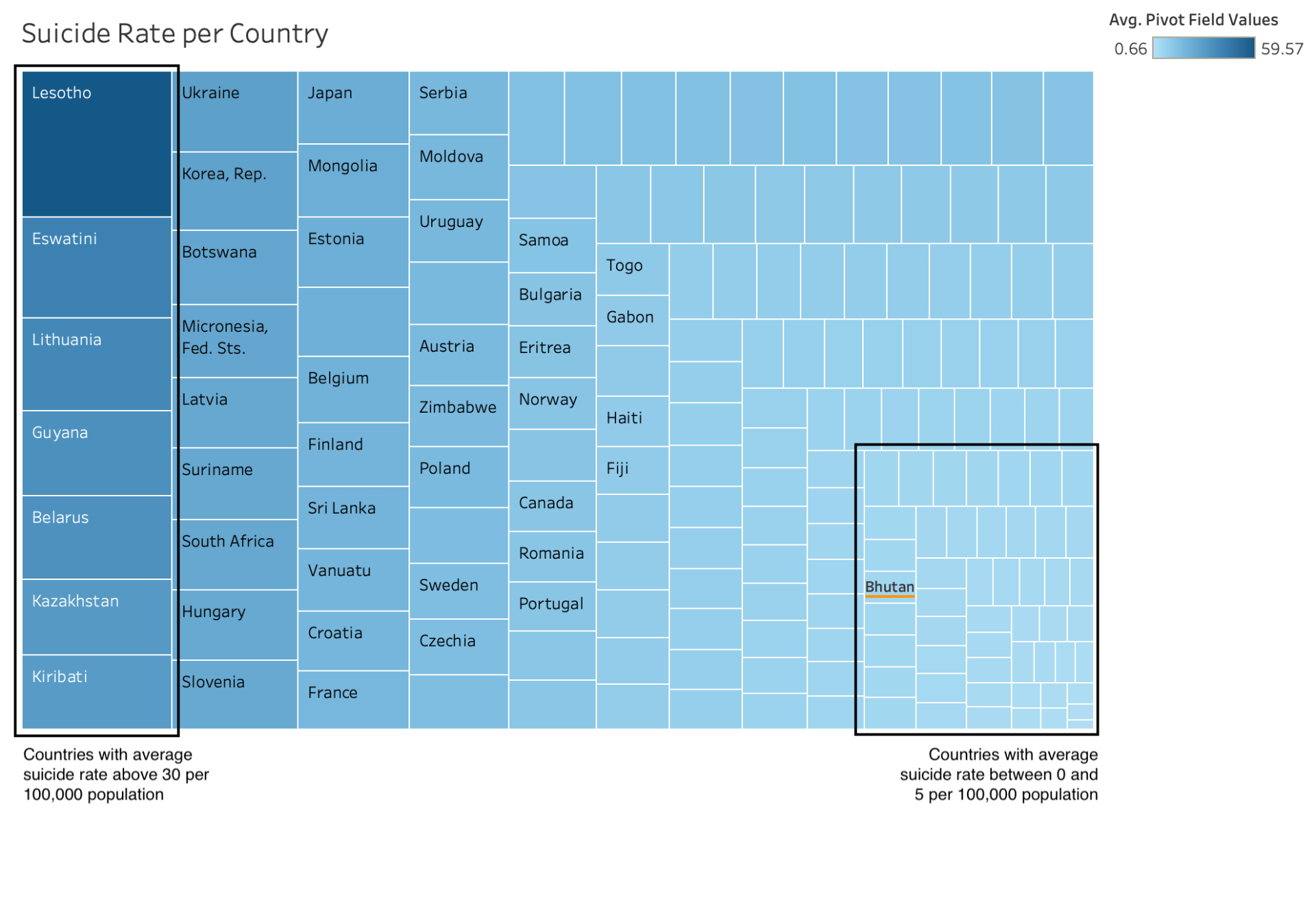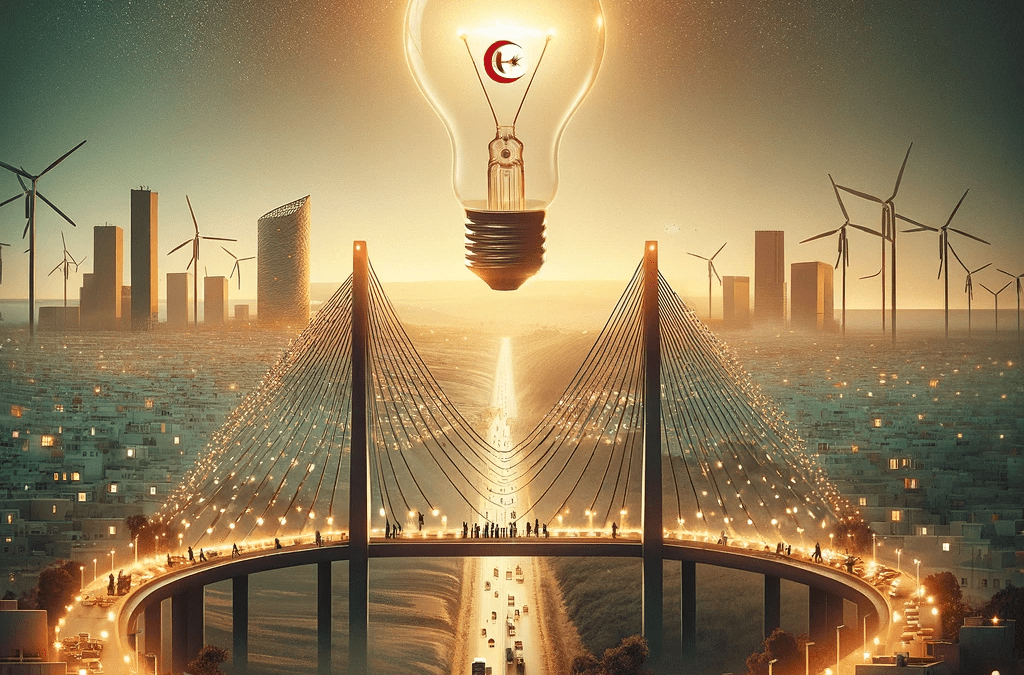
by lab38 | Nov 27, 2023 | Visualization
Imagine a journey through time, from 2012 to 2021, where Primary Education Expenditure in the MENA region is on a decreasing trend from 4% to 3%. It’s a concerning trend that threatens the very foundation of education for our children.
The Problem
The problem is crystal clear. When you cut down on education spending, you’re essentially trimming the wings of future generations. The numbers don’t lie. The shrinking budget for primary education means dilapidated schools, underpaid teachers, and a lack of essential learning materials.
The Bright Path Forward
The road to recovery starts with one word: Investment.
- Pouring more funds into primary education.
- Making the most of available resources.
- Shouting from the rooftops about why this matters.
- Rewarding those who make it happen.
How do we know our solution works?
Numbers don’t lie, but they can also tell a tale of triumph. And “Cote D’ivoire” is a great example. When increasing the educational expenditure, the percentage of children school drop outs decreased from 31% in 2013 to 3.1% in 2021.
Recommendation
The results speak for themselves. More investment equals better education. Keep the funds flowing, optimize, and let’s champion education together.
When we invest in primary education, we invest in brighter futures. It’s high time MENA governments heed the call and secure quality education for all.

by ars23 | Nov 20, 2023 | Uncategorized
What is your value?
Although you would like to say you cannot be measured by a number, you are! Studies implemented to assess projects and decide whether to implement them or not reduce you to a number, just like they judge the value of a building.
The world is heading in a clear direction: focus on development! Although, it seems like a great thing, easing our lives, take a minute to explore its impact:
We can notice how the more developed countries have, in general, higher suicide rates each year, especially more recently. To demonstrate this further, we take a look at the following visualization comparing average suicide mortality rate (per 100,000 population) per given years across the main regions we are considering:
What is the point?
The point is that we should put more emphasis on our well-being and our connection with the world instead of only focusing on materialistic development. Whenever we take action on something, we must evaluate the impact, and in the case of development, the signs are not good.
However, it is not too late to make a change. Bhutan, the happiest country in the world, prioritizes the mental well-being of its citizens. It is the only country that uses the gross national happiness indicator (GNH) just like other countries focus on the gross national income.
The following visualization shows the average suicide rate per country instead of region:

Notice how Bhutan falls in the range of countries that average from 0 to 5 suicide per 100,000 population compared to other countries that average more than 30 in the range of given years (2000-2019).
We recommend people to prioritize their well-being and mental health, but most importantly, governments to realize that economic and materialistic development is not yielding that wanted outcome. To prioritize humanity, governments ought to start taking GNH into consideration with every decision they are making.
Let us choose humanity!

by hfc03 | Nov 20, 2023 | Visualization
The Initial Divide (1994):
In 1994, Tunisia’s electrification landscape presented a striking contrast. Urban areas were almost entirely electrified at 99.87%, but rural regions lagged significantly with only 66.29% access. This gap underscored a larger issue of inequality in access to basic utilities.
The Transformation Journey:
A visual representation, through a two-line chart, illustrates this journey vividly. As the years progressed, a noticeable shift occurred. The lines representing rural and urban electricity access started converging. This wasn’t just infrastructural progress; it was a story of reducing disparity and fostering inclusivity.
Achieving Parity (2016 Onwards):
By 2016, an impressive feat was achieved: both rural and urban areas reached a 100% electrification rate. This landmark achievement was the culmination of a series of strategic initiatives, reflecting Tunisia’s steadfast commitment to equitable development.
Behind the Success:
The road to this success was paved with innovative strategies and strong political will. Implementing technologies like photovoltaic cells in remote areas exemplified the innovative approach to overcoming geographical and logistical challenges.
Conclusion – A Model for the Future:
Tunisia’s electrification story is not just about lighting up homes; it’s about empowering communities, ensuring equitable access to essential services, and setting a precedent for other nations facing similar challenges. It’s a narrative that demonstrates how vision, commitment, and innovation can transform a nation.
Let’s keep this conversation going! What are your thoughts on such transformative initiatives?

by nmm51 | Nov 20, 2023 | Uncategorized
In the challenging landscape of global unemployment, the story of Youmna, a 30-year-old Egyptian woman, stands as a poignant example. A decade of dedication to her organization abruptly ended due to the pandemic, plunging her into a three-year job search. This narrative, compounded by a lack of early educational opportunities, resonates as a common experience in the Arab world.
At its core, Youmna’s story grapples with unemployment, a conflict explored through its definition and the consequences it imposes on individuals, societies, and economies. Her personal struggles, marked by stress-related health issues, mirror the toll exacted on individuals. Societal repercussions manifest in limited opportunities, substandard living conditions, and underfunded institutions.
Global unemployment rates expose a stark reality, with the Arab region leading at 11.26%, underscoring the urgency of addressing the issue. The intricate relationship between education and unemployment becomes apparent, with studies confirming that higher education levels correlate with lower unemployment risks. A comparative graph illustrates Brazil’s struggle with basic and intermediate education versus Japan’s success with advanced education.
A potential solution emerges: investing more in education to elevate citizens’ skills and foster innovation. Aligned with Sustainable Development Goal 4, advocating for quality education becomes imperative. The graph depicting average education expenditure across countries emphasizes that nations with lower unemployment rates allocate more resources to education. The recommendation is clear: countries should prioritize and increase spending on their education systems, creating a pathway to innovation, economic growth, and enhanced employment opportunities.
Youmna’s narrative encapsulates the broader struggle against unemployment. The call to action is unmistakable: invest in education to reshape the narrative, empower individuals, and build resilient, thriving communities. In the transformative power of education lies the resolution to Youmna’s journey, a beacon of hope in the face of adversity.

by thm14 | Nov 20, 2023 | Uncategorized
A Beacon of Hope for the Patients in Lebanon
This does not start with a funny caption or a happy anecdote, but I assure you it’s an important topic and it touches the lives of everyone. This is Tarek Moukalled, and I hope that by the end of this session you can see the light at the end of the tunnel for patients in Lebanon.
Our story begins with rather an unfortunate observation. Patients in Lebanon are dying. As a matter of fact, the death rate has increased from 4.34 deaths in 2016 to 6.25 deaths in 2020 per 1,000 persons. That is drastic and an alarming increase of approximately 44 % during a span of 5 years. But why?
A close inspection of the healthcare expenditure per capita during the suggested years shows a considerable increase from 648 USD to 995 USD. Furthermore, the % expenditure of GDP on healthcare in Lebanon also shows a consistent trend of a little less than 8 % across the same years. So, things should be fine, if not better! Yet unfortunately, this is not the case.
It appears the Lebanese people have been taking things into their hands. With the economic recession and the subsequent governmental bankruptcy, GDP decreased from ~ 51.1 billion USD in 2016 to 31.7 billion USD in 2020. This led to the fact that the Lebanese people have been paying more and more from their own pockets for healthcare reaching a whopping 44.2 % of healthcare expenditure in 2020.
Comparing the above results with the healthcare sector of a different country that shares similar demographics and healthcare expenditure with Lebanon would help with the context and the subsequent validation of the proposed solution, the light at the end of the tunnel. Remember?
With a similar % expenditure of GDP on healthcare (~ 7.5 %) and a little lower starting point in death rate of 3.16 per 1,000 persons, Jordan’s death rate in 2020 reaches 3.47 per 1,000 persons. The healthcare expenditure per capita in Jordan is consistently way lower than that of Lebanon. The % of out-of-pocket expenditure on healthcare is also steady and lower than that of Lebanon. As to the GDP, it starts lower than Lebanon in 2016 at ~ 39.9 billion USD and ends higher than Lebanon at 43.6 billion USD. As such, the main considerable deviation between both countries is the GDP amount. For that matter, it’s important to note that economies and healthcare sectors grow through expenditure rather than stagnation or restriction.
The increase in the share of health expenditure as part of GDP will have positive results on both short-term and long-term.
- Enhanced Healthcare Quality
- Faster Healthcare Response
- Improved Patient Health Outcome
- Decreased Death Rate
- Target for Healthcare Tourism
With that, it is imperative to urge whoever who is responsible to proceed with the increase in healthcare expenditure for the sake of our patients and our future.
Thank You





